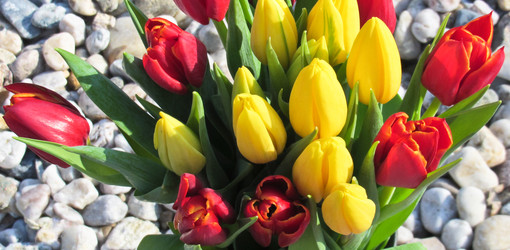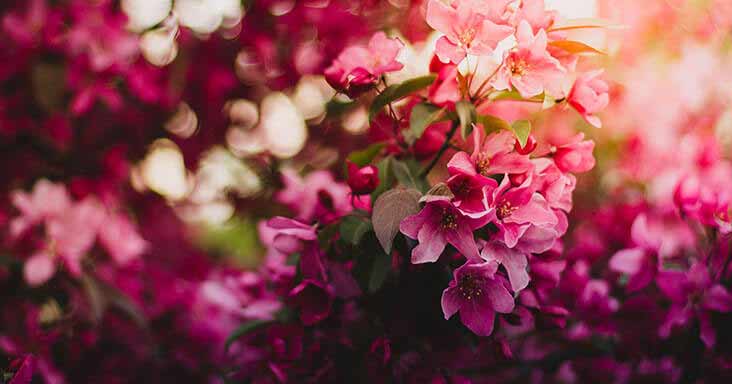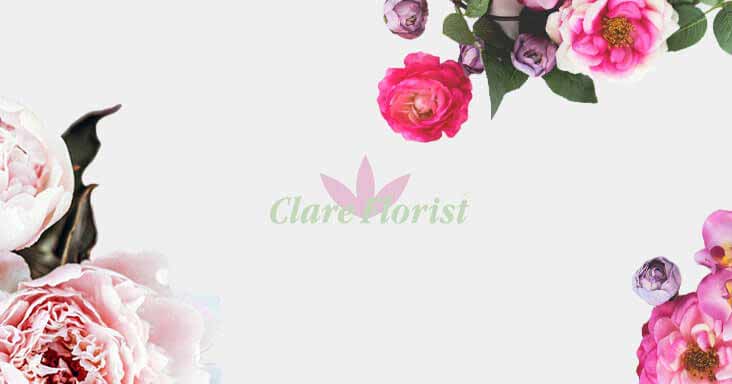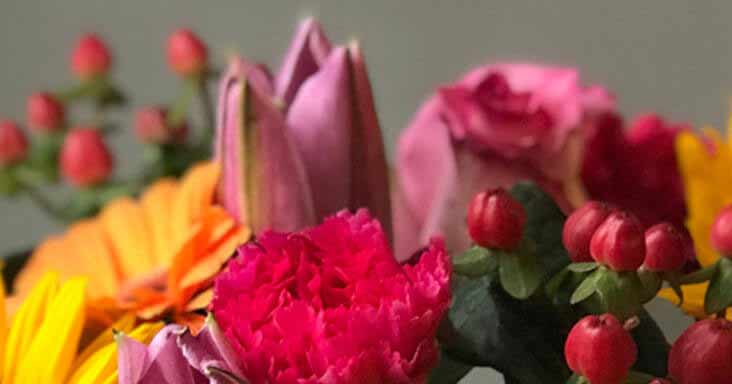
According to Wikipedia, a bouquet of flowers is a "collection of flowers in a creative arrangement." This definition encompasses bouquets used around the home or public buildings for decor or it can also refer to handheld bouquets like those gifted on birthdays and anniversaries or used in wedding ceremonies.
The practice of arranging flowers into bouquets has a long, rich history which dates way back to 2500 BCE in Egypt. Japan is also known for its 15th century custom of Ikebana, an ancient practice which involves minimal, linear aesthetics and survives to this day. Indeed, Ikebana has had a great influence on western flower arranging traditions which came into fruition in the late 19th century.
The art of flower arranging arrived in Japan by way of Buddhist monks who imported the practice from China. Plants and flowers were considered to be sacred lifeforms which meant that cut flowers were used sparingly in bouquets and arrangements. This could go some way to explaining why traditional ancient Japanese flower arrangements were so minimal.
Flower arranging in Europe really took off in the 18th century with the Dutch aristocracy. Well heeled families would use extravagant flower arrangements as decor in their homes as a way to enliven their surroundings whilst also flaunting their wealth.
As flower arranging became more prevalent, significance and meanings behind various flowers began to emerge. These varied between different eras and different cultures with a complex language of symbolism developing. In china different flowers represent seasons with white plum blossoms symbolising winter, peach and cherry blossoms symbolising spring, lotus symbolising summer and chrysanthemums representing autumn.
Nowadays pretty much every variety of flower has a particular connotation attached to it, you can learn more about these on our Flower Meanings page. Whether it's roses for romance or sunflowers for good cheer and optimism, you can always convey a specific mood or meaning with flowers no matter what the occasion is.




